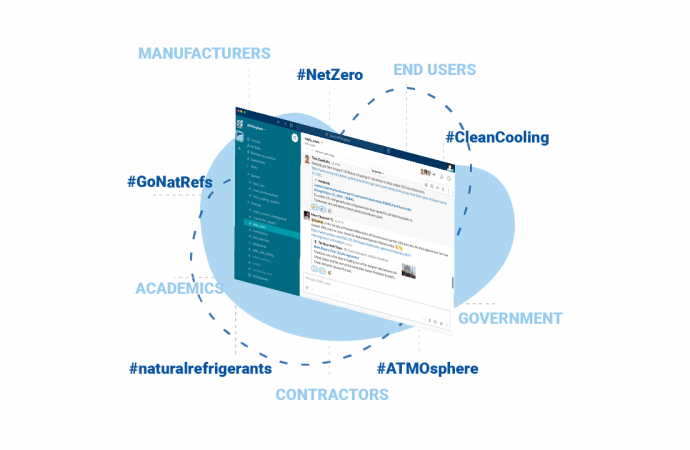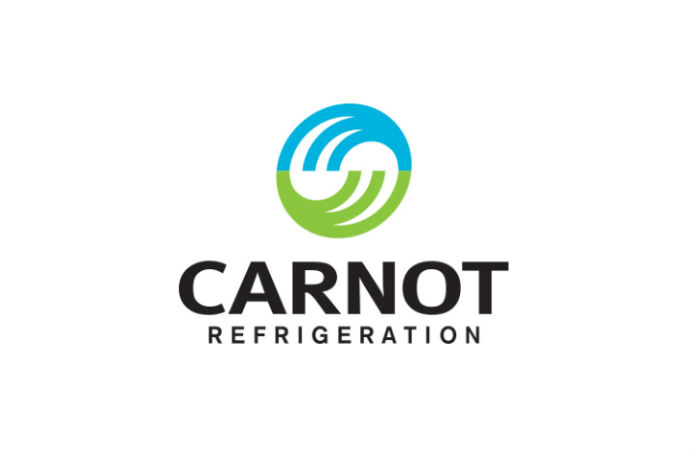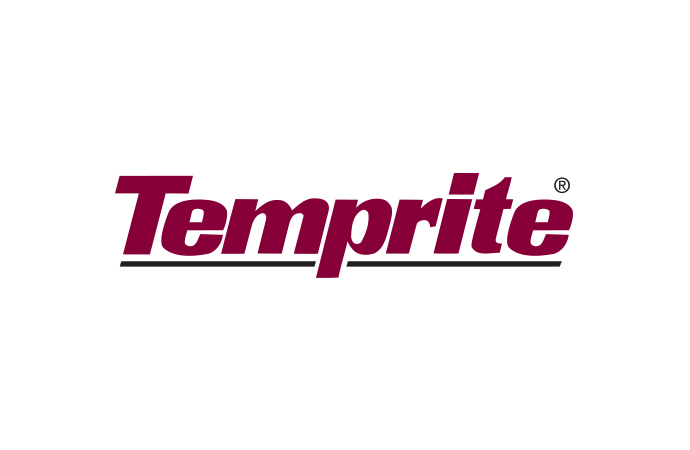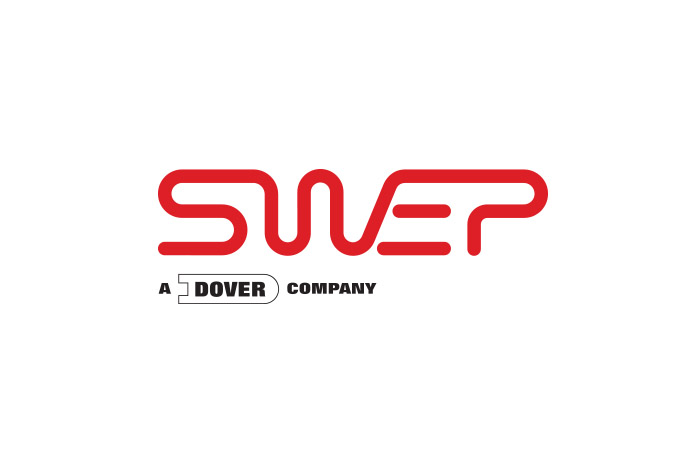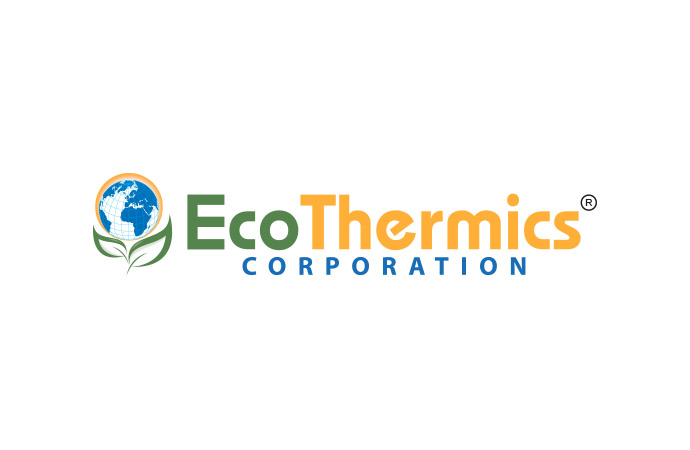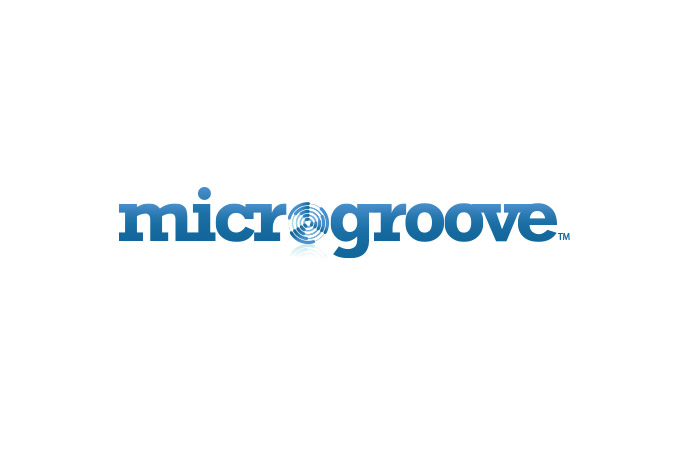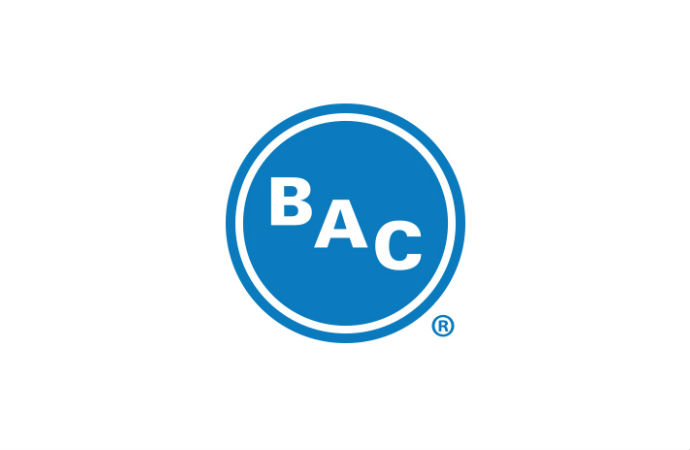At this week’s 2012 FMI Energy & Store Development Conference, the US Environmental Protection Agency (EPA) revealed they are considering a 55-90 million lb (24-40 million kg) limit for production and import of R22 in 2012 as part of the HCFC phase out. Keilly Witman, manager of the EPA’s GreenChill Partnership, presented the EPA update on recent regulatory developments, also reviewing the latest SNAP developments and the various tools available to help supermarkets comply with l

The FMI’s Energy & Store Development Conference, which took place in Phoenix, Arizona from 9 – 12 September 2012, is a unique opportunity for the food retail industry to share best practice and learn about energy-efficiency, how to improve refrigeration systems, and about natural refrigerants.
“It’s certainly not too early to start thinking about what you’re going to do in 2020”, said Keilly Witman regarding R22 phase down, adding later that “CO2 is good to go in just about every application (except air conditioning) that will be used in the stores… The trend is without question towards low GWP refrigerants.”
EPA R22 phase-down to end imports and production by 2020
The EPA’s goal is to transition away from R22 and end its production and import by 2020. To achieve this the EPA is phasing out production in gradual steps, decreasing the amount of R22 refrigerant that can be made or imported year on year. Whilst the final amount has not yet been set for 2012, the EPA is considering a 55-90 million lb (24-40 million kg) limit.
“The EPA is going to determine the amount of R22 that manufacturers can produce and import for the year 2012 to the year 2014. There is a level that we have to be at in 2015 and this time what the EP has decided to do is, instead of letting everyone drop of the cliff on December 2014, we’re staggering the reductions so that it gets less and less, so that everyone is prepared”, said Keilly.
Currently, virgin R22 is only allowed for maintenance and repair (i.e. servicing) of existing systems. Changes to an existing R22 system that expand the system (increase the cooling capacity) are not considered regular servicing/ maintenance.
Progress for naturals under EPA’s Significant New Alternatives Policy (SNAP) programme
In December 2011, the US EPA approved three hydrocarbon refrigerants as acceptable substitutes in household and small commercial stand-alone refrigerators and freezers. Provided equipment meets UL 250/471 standards, and the charge is limited to 57 grams of R600a and 150 grams of R290, the SNAP rule allows:
- Use of R600a (isobutane), R441A (HCR-188C1) in new household refrigerators & freezers;
- Use of R290 (propane) in new retail food self-contained units.
With regards to R744, Keilly added that, “the most recent change is that CO2 is now acceptable for use in new vending machines, and CO2 has been listed as acceptable for use in all the other commercial refrigeration uses”. CO2 vending machines were approved in August 2012, making it the first acceptable natural refrigerant in this product category.
Currently the EPA is reviewing the following refrigerants as suitable alternatives in different applications:
- CO2
- R290
- R441A
- Fluoroketone
- HFC1234yf
- SolsticeTM 1233zd
- HFC1234ze
- HFC32
No update for EPA's proposed amendments to 608 leak repair regulations
Under Section 608 of the Clean Air Act, the EPA has issued regulations to minimise the emission of refrigerants by maximising the recovery and recycling of such substances. The EPA’s proposed amendment of the 608 regulations, is to lower the leak repair trigger rates from 35% to 20%. The amendment also proposes streamlining existing required practices and associated reporting and recordkeeping requirements and aims to reduce the use and emissions of class I and class II controlled substances (such as but not limited, to CFC11, CFC12, HCFC123, HCFC22).
However, according to Keilly’s presentation, “there is no news in terms of proposed amendments to section 608 regulations”.
Future regulatory actions by the EPA
With regards to the future, the SNAP programme is going to continue to evaluate substitute refrigerants, “They have never had more applications than they have had now,” said Keilly. The EPA is also working on changes to section 608’s venting prohibition for all refrigerants to change it to exempt hydrocarbons from the venting prohibition. Finally, in the Clean Air Act there is labelling requirement built in, to go into effect by 2015.
EPA tools and resources for the supermarket industry
- Climate Impact Calculator: The EPA’s climate impact calculator can be used to determine a store’s electricity consumption and refrigerant leaks. As an example of the power of the calculator in providing arguments to inform internal discussions about where to invest, Keilly said, “For a 100 lb (45kg) leak you have to sell about 20,000 gallons (75l) of milk to even equal the effect on your bottom line”;
- GreenChill’s Monthly Webinar Series: The EPA’s GreenChill. Partnership organises a series of monthly webinars. Past webinars have covered topics such as cascade CO2 refrigeration and upcoming webinars include one on “Cascade Systems Using Ammonia/CO2 and/or Glycol”;
- EPA’s Retail Web Portal: The portal combines all relevant EPA regulatory, compliance, & sustainability info for retailers in one place;
- Best Practices Guidelines: The following guidelines are available: GreenChill Leak Prevention & Repair Guideline, GreenChill Installation Leak Tightness Guideline, GreenChill R-22 Retrofit Guideline and coming early in 2013 Green DX Guidelines.
MORE INFORMATION
Related stories

